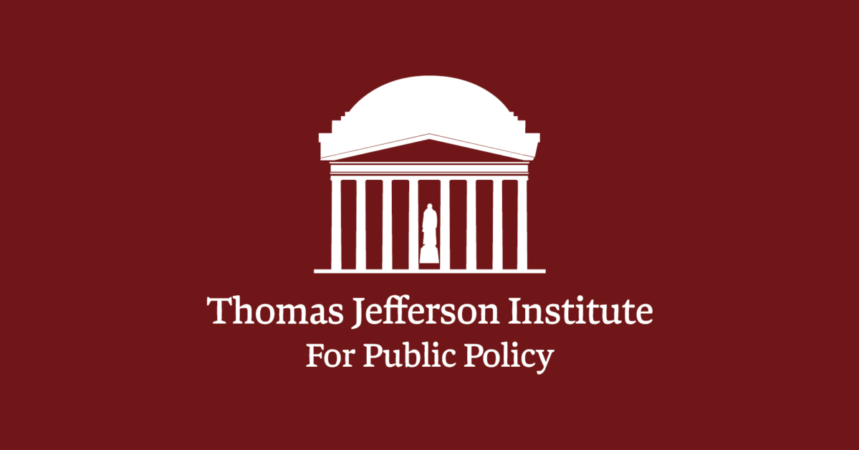What does economics tell us about the proposed universal health care plan?
Volumes of books and perspectives literally are published on health care economics. Honestly, it’s too complex to thoroughly analyze in this column. So, let’s just discuss one small aspect that students learn in Econ 101: economics is the study of the scarcity of resources and price is the mechanism that brings those resources to the market.
Based on a 2008 Census report, 15.3 percent of people in the United States were without health insurance. That’s down from 15.8 percent in 2007, representing 45.7 million people.
What happens when those uninsured are covered?
The demand for health care will increase significantly, especially for primary care physicians and specialist doctors. Classic economics tells us that price will increase until supply catches up. If the government, through some sort of tax increase, can make money available to cover that health care, then supply will surely catch up quickly. I ask you to refrain from jumping to that conclusion quickly.
From a practical perspective, it may be fairly easy to produce more drugs and medical supplies but what about doctors, nurses, and other health care practitioners? A 2004 study by the Health Resources and Services Administration showed that the nation had a shortage of about 168,000 full-time equivalent registered nurses in 2003. Although that shortage has eased during the recession, the dearth will return when the economy recovers.
The health administration forecasts a 1 million full-time equivalent shortage for registered nurses through 2020. That means only 64 percent of the projected demand can be met by 2020 and this estimate does not factor in universal coverage. The health administration also looked at the future supply of physicians compared to demand for their services.
The report said that the supply and demand for primary care physicians will be about equal to the national demand but shortages are likely to happen in rural areas. Even larger shortages would take place in individual specialties such as general surgery, cardiology, and psychiatry, to name a few. The supply of health care professionals cannot catch up to demand because of the required intensive training and rigorous licenses, which takes time.
If 46 million more people are added to the demand side of the health care equation without optimistic productivity gains in the administration side, we likely will see a tradeoff between quantity and quality, particularly as it relates to rationing. Increased caseloads will no doubt reduce quality. Under universal care, rationing doesn’t mean that some people don’t get care. It means that all people wait longer for care.
Health care reform is necessary.
How we solve the problem will determine whether some portion of the 85 percent who currently have insurance can successfully bypass the proposed new system to create their own higher-cost, higher quality system.
Reprinted with permission from the Richmond Times-Dispatch.






